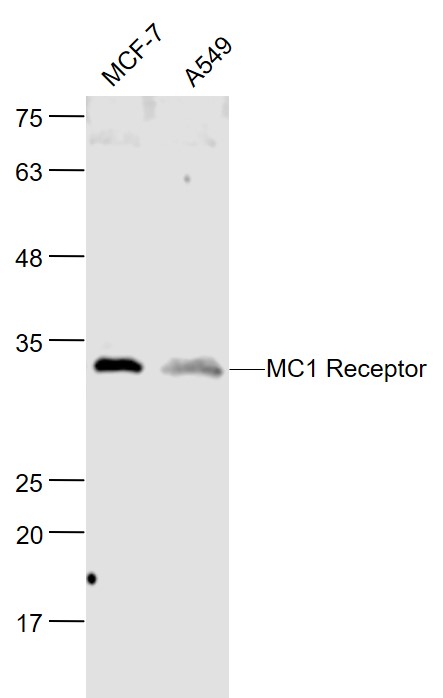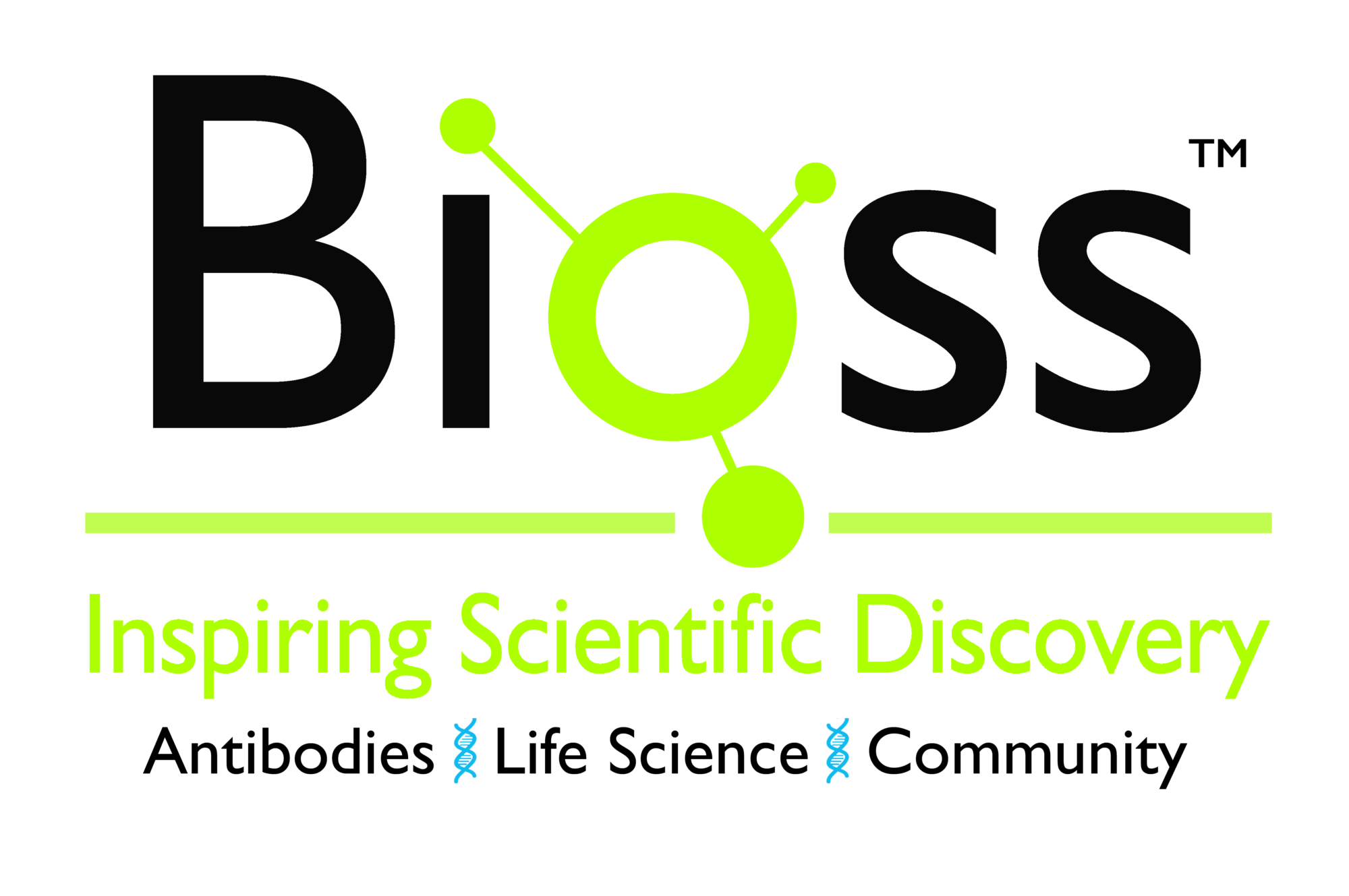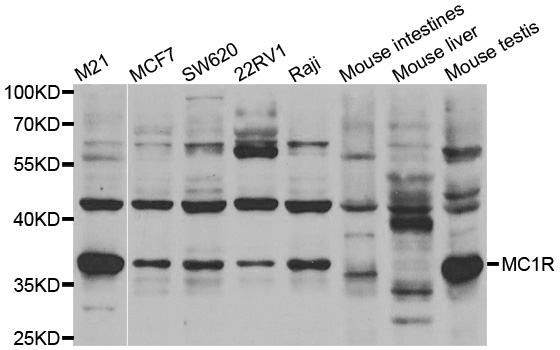MC1 Receptor antibody [HL1470]
GTX636944
ApplicationsImmunoFluorescence, Western Blot, ImmunoCytoChemistry
Product group Antibodies
TargetMC1R
Overview
- SupplierGeneTex
- Product NameMC1 Receptor antibody [HL1470]
- Delivery Days Customer9
- Application Supplier NoteWB: 1:500-1:3000. *Optimal dilutions/concentrations should be determined by the researcher.Not tested in other applications.
- ApplicationsImmunoFluorescence, Western Blot, ImmunoCytoChemistry
- CertificationResearch Use Only
- ClonalityMonoclonal
- Clone IDHL1470
- Concentration1 mg/ml
- ConjugateUnconjugated
- Gene ID4157
- Target nameMC1R
- Target descriptionmelanocortin 1 receptor
- Target synonymsCMM5, MSH-R, SHEP2, melanocyte-stimulating hormone receptor, MC1-R, alpha melanocyte stimulating hormone receptor, melanotropin receptor
- HostRabbit
- IsotypeIgG
- Protein IDQ01726
- Protein NameMelanocyte-stimulating hormone receptor
- Scientific DescriptionThis intronless gene encodes the receptor protein for melanocyte-stimulating hormone (MSH). The encoded protein, a seven pass transmembrane G protein coupled receptor, controls melanogenesis. Two types of melanin exist: red pheomelanin and black eumelanin. Gene mutations that lead to a loss in function are associated with increased pheomelanin production, which leads to lighter skin and hair color. Eumelanin is photoprotective but pheomelanin may contribute to UV-induced skin damage by generating free radicals upon UV radiation. Binding of MSH to its receptor activates the receptor and stimulates eumelanin synthesis. This receptor is a major determining factor in sun sensitivity and is a genetic risk factor for melanoma and non-melanoma skin cancer. Over 30 variant alleles have been identified which correlate with skin and hair color, providing evidence that this gene is an important component in determining normal human pigment variation. [provided by RefSeq, Jul 2008]
- Storage Instruction-20°C or -80°C,2°C to 8°C
- UNSPSC12352203





